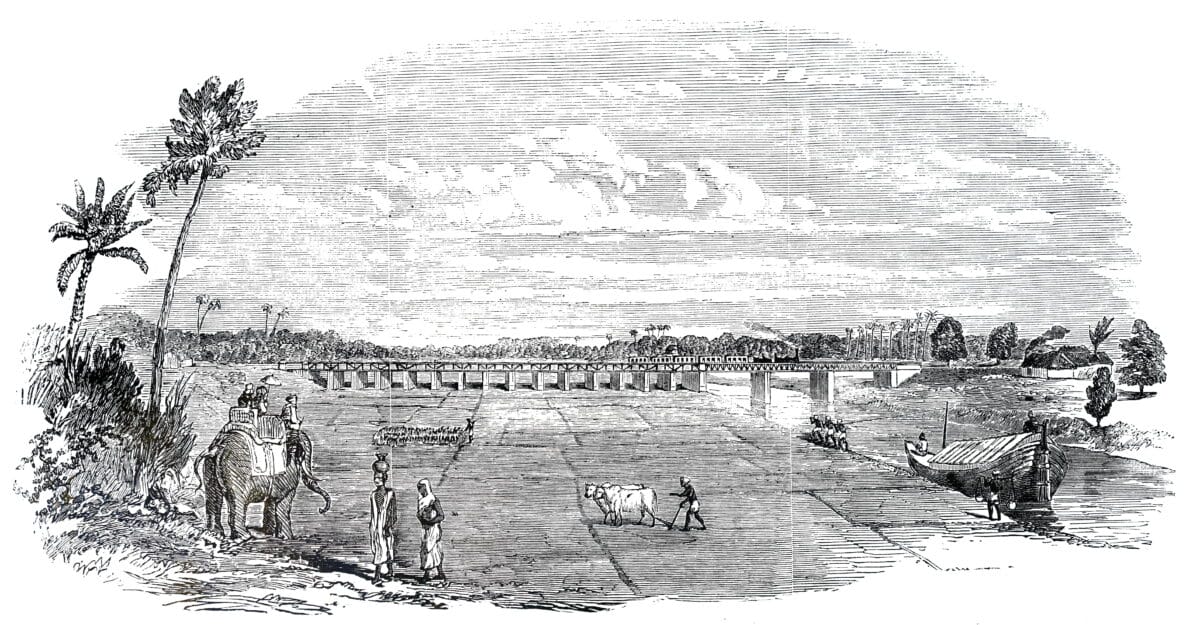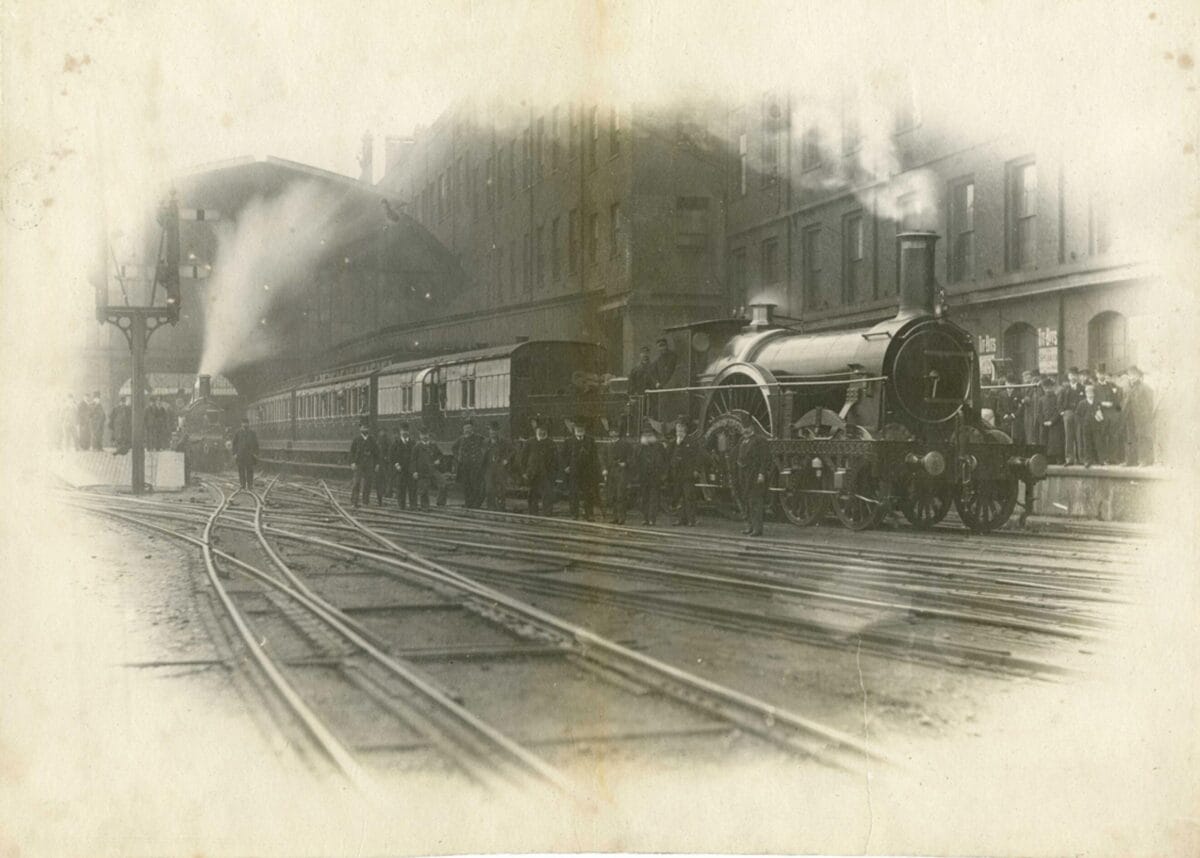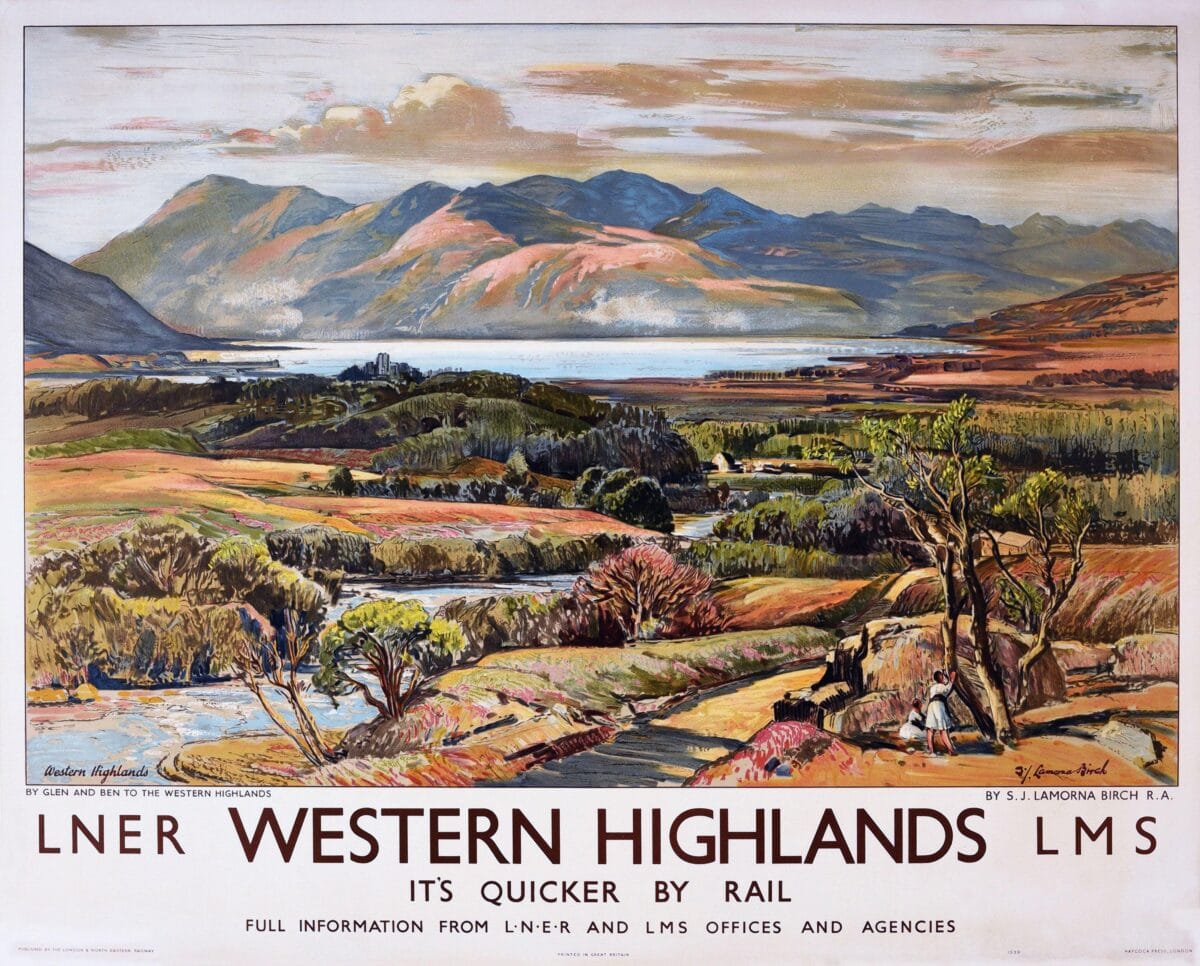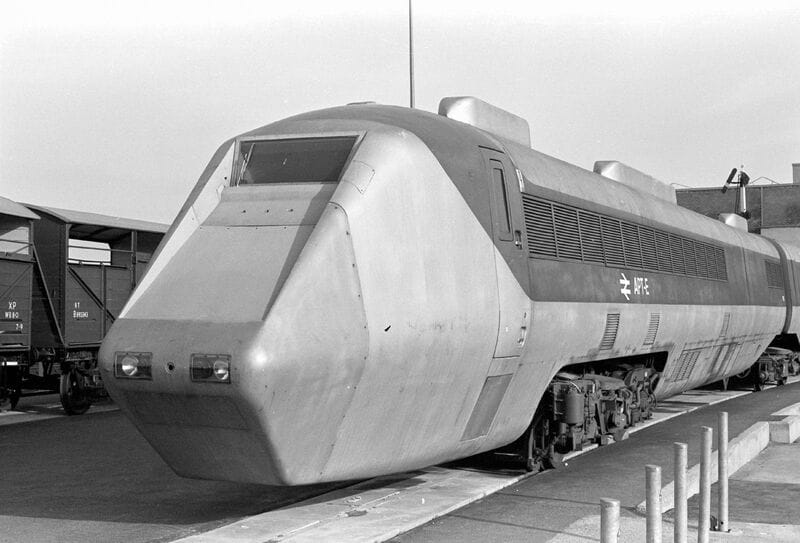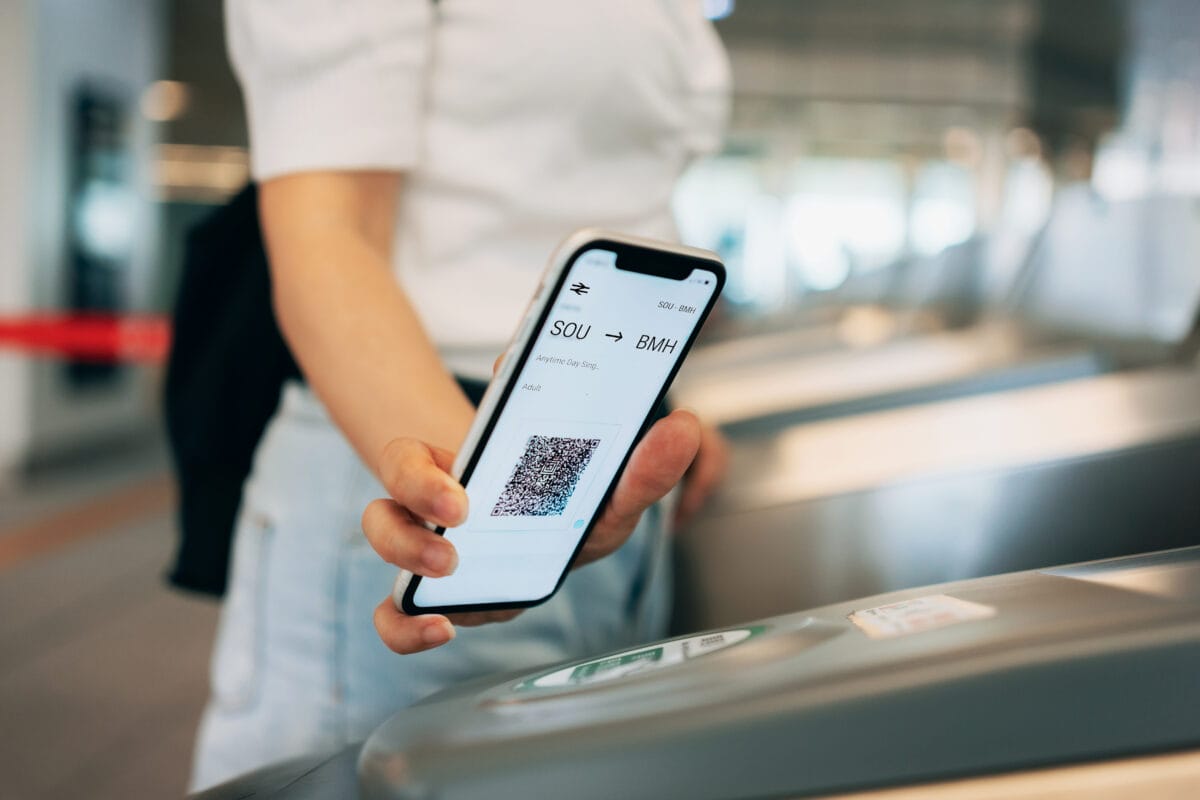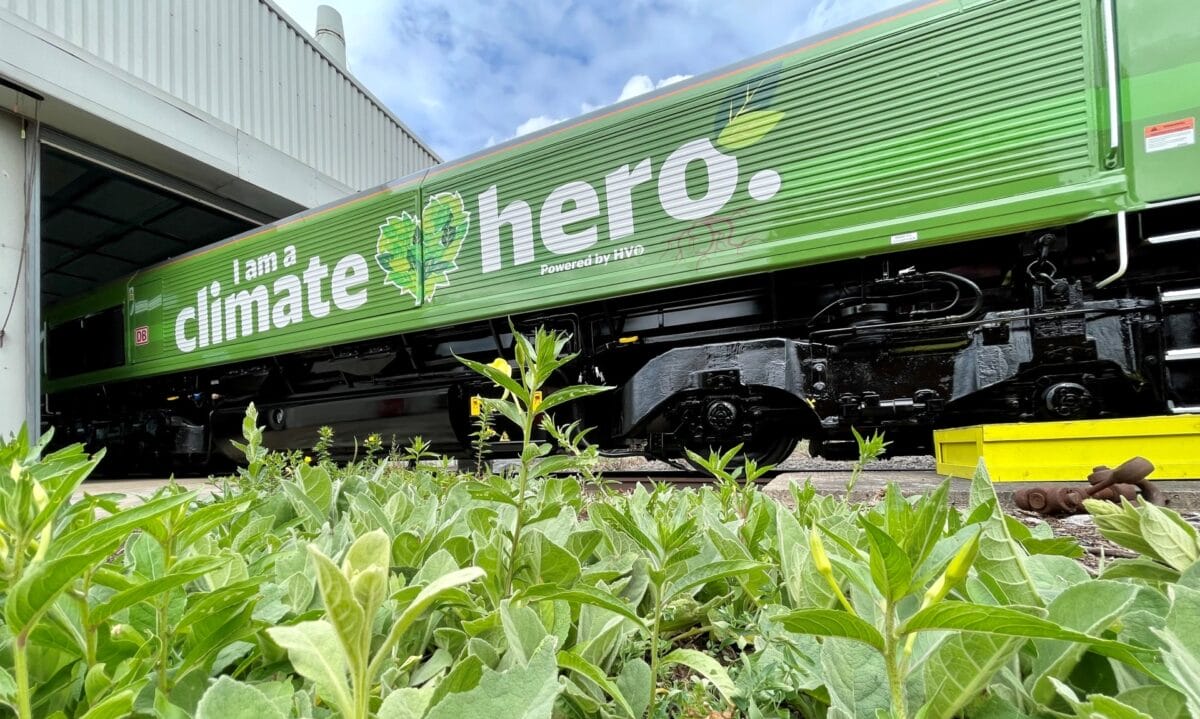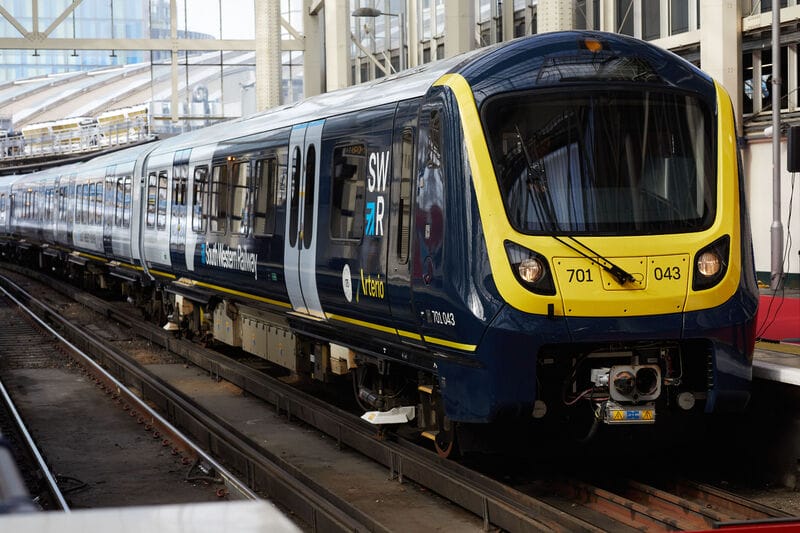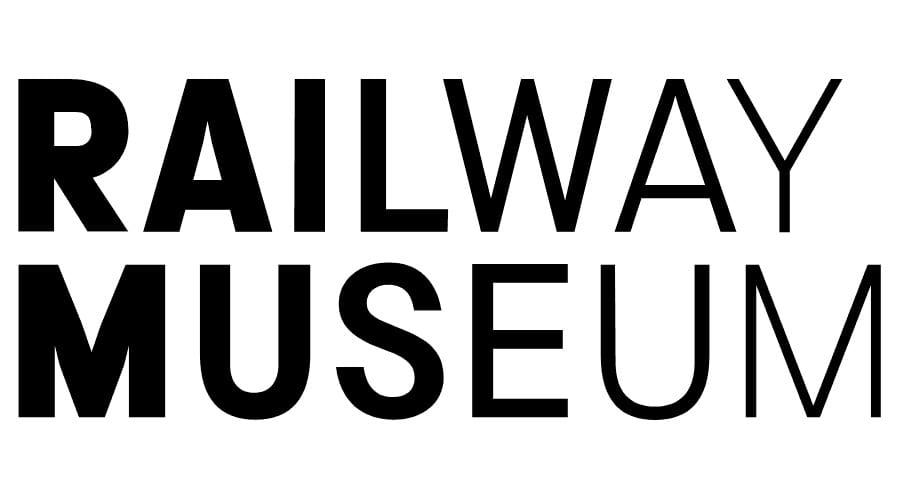With the expert help of the National Railway Museum, this indicative timeline has been specially created to tell the tale of train travel over the past 200 years or so.
Other milestones will also be highlighted as part of Railway 200.
This timeline includes the historic moment when, on 27 September 1825, George Stephenson’s steam-powered Locomotion No. 1 travelled 26 miles between Shildon, Darlington and Stockton, carrying hundreds of passengers to great fanfare. It set in motion a train of events that changed the world forever.




















